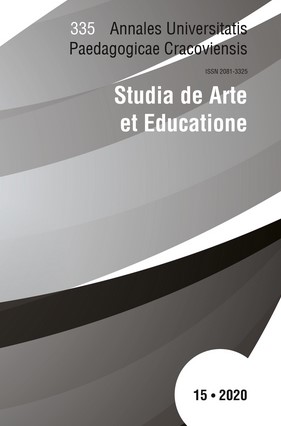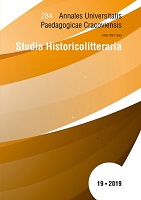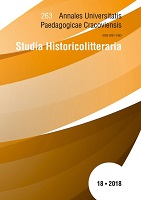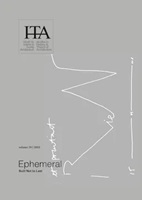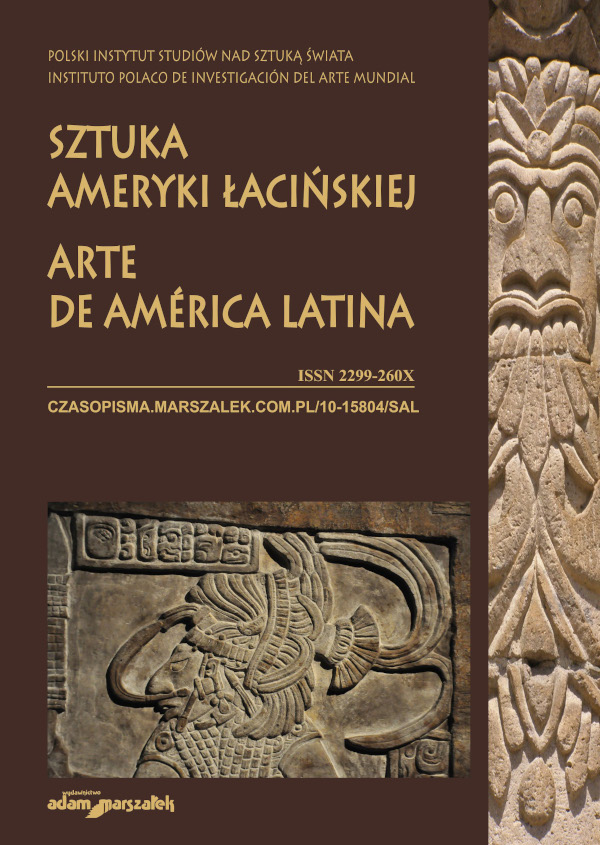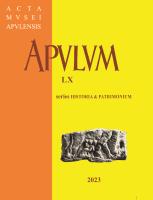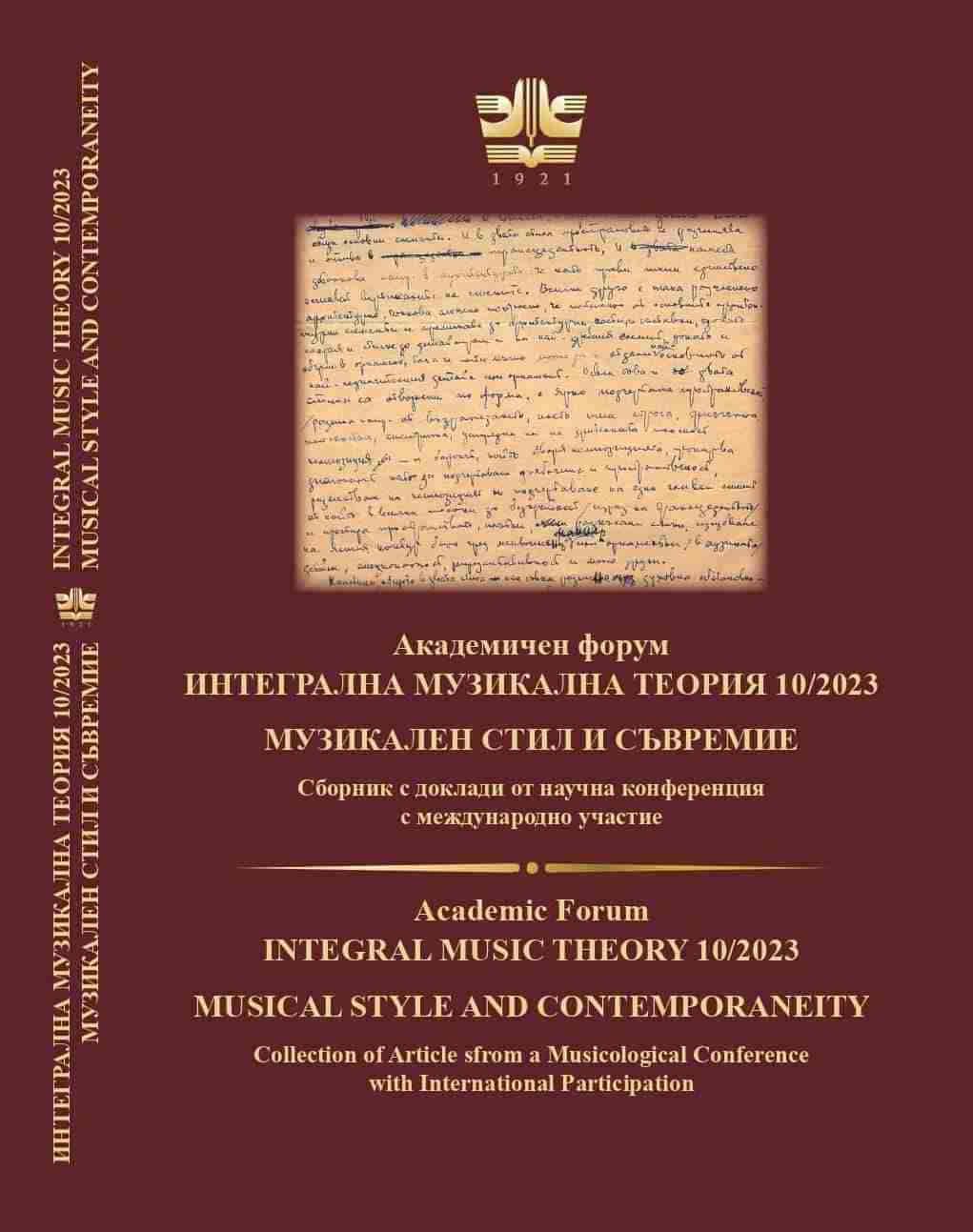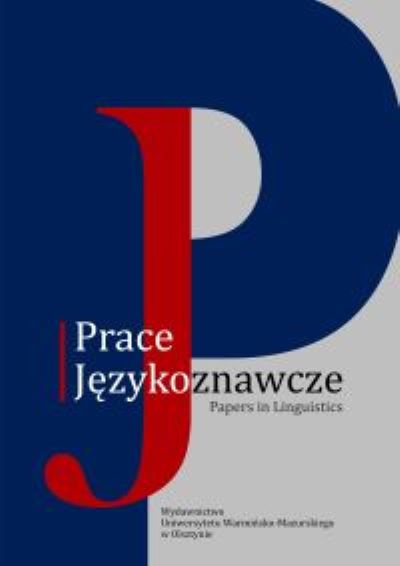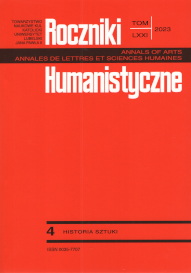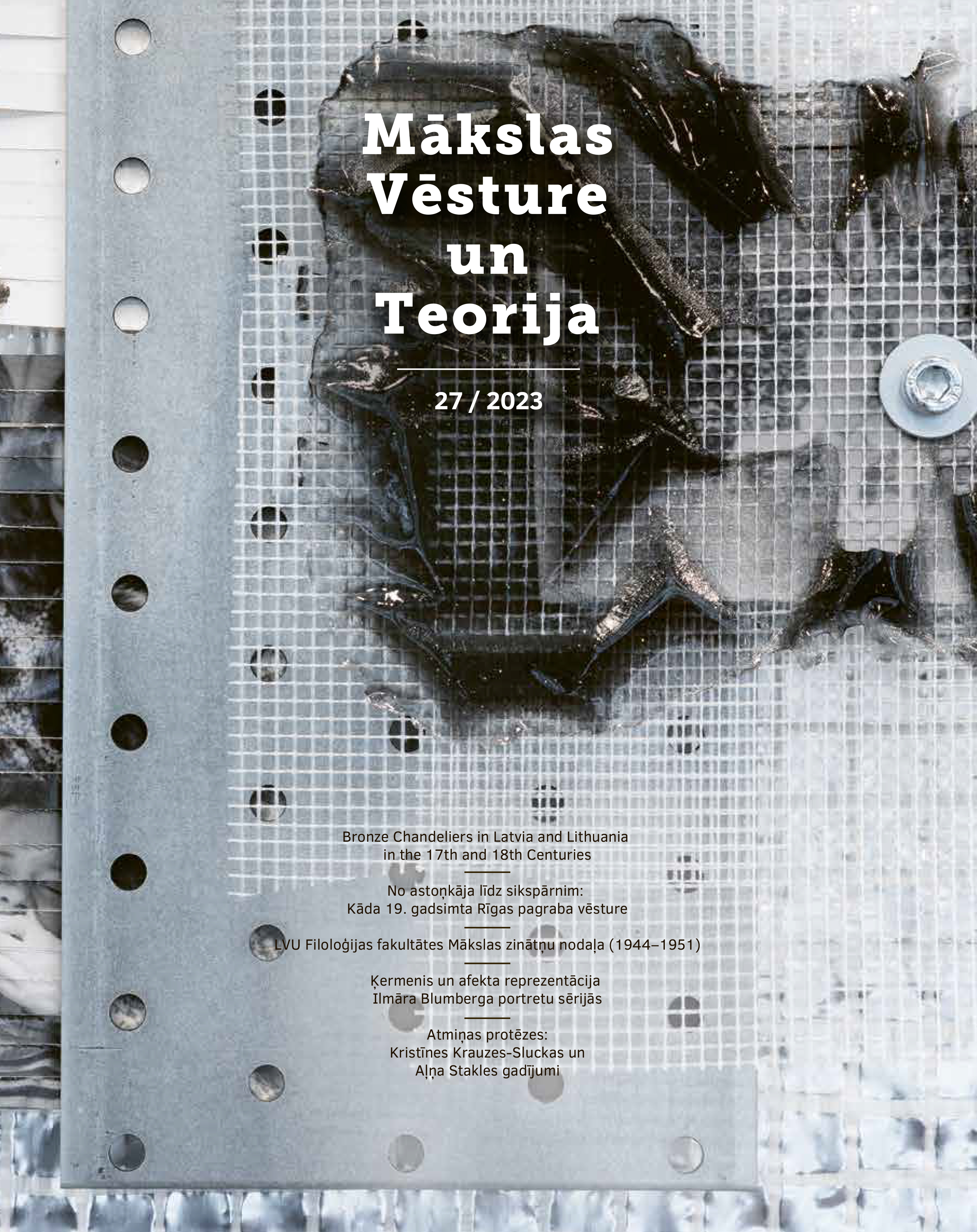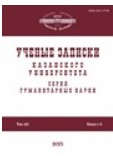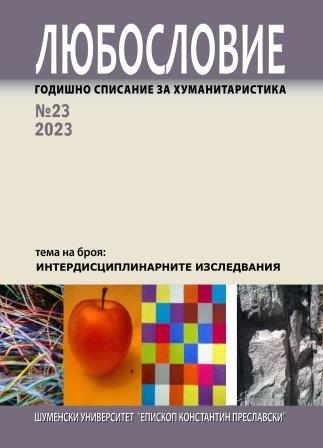Author(s): Ewa Łubieniewska / Language(s): Polish
Issue: 19/2019
Lidia Zamkow, a great individual in the theatre, a hero of numerous press arguments in the 60s and 70s of the 20th century, is mainly remembered as a shocking stage arranger with innovative ideas. Classics (Sophocles, Euripides, Shakespeare, Gorki, Dostoyevsky, Wyspiański) and contemporary period (Wiszniewski, Kafka, Brecht, Durrenmatt, Mrożek), were crucial for her achievements as a director. However, she was underappreciated as an actress with a few brilliant roles. Little did one realize how great her influence was on actorship, both as a director and an actress. This paper is an attempt at filling this gap; the author discusses some statements, which could be regarded as Zamkow’s aesthetic credo; she describes the characters played by Zamkow (especially Medea from the performance in the Kameralny Theatre); different critical opinions, as well as fragments of letters from the artist to actors, which show her skills. She was a rebellious, but curious and meticulous observer of Brecht’s work. By modifying the rules of epic play, she worked out her own methods of building roles. Distance and expression, elements of realism and symbolism, irony and pathos created in them a harmonious combination, against the contrasts which separated them.
More...
